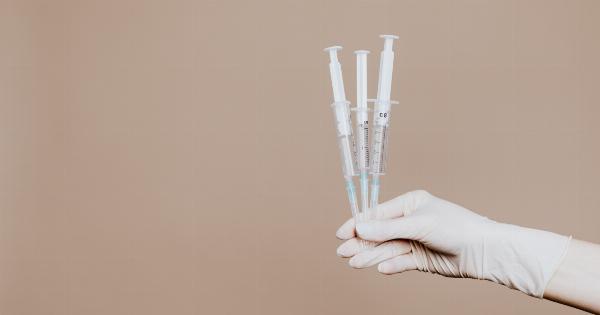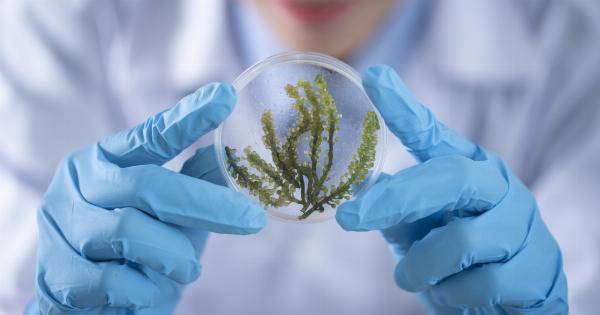Testicular atrophy refers to the condition when testicles shrink in size. It can happen in one or both the testicles and can cause discomfort, infertility, and hormonal imbalances.
In this article, we will be discussing the causes of testicular atrophy, its symptoms, diagnosis, and treatment options.
Symptoms of Testicular Atrophy
The following are the symptoms of testicular atrophy:.
- Shrinking of testicles
- Pain or discomfort in the testicles
- Swelling or lumps in the testicles
- Erectile dysfunction
- Reduced sex drive
- Gynecomastia (enlargement of breasts in males)
Causes of Testicular Atrophy
Testicular atrophy can happen due to various reasons. Let’s take a look at some of the common causes:.
Varicocele
A varicocele is a condition where veins in the scrotum become enlarged. This can cause blood to pool in the veins of the testicles, leading to testicular atrophy. The condition can also cause pain and discomfort in the testicles.
Testicular Torsion
Testicular torsion is a medical emergency when the spermatic cord gets twisted, reducing the blood supply to the testicles. This can cause pain, swelling, and testicular atrophy.
The condition should be treated immediately to avoid permanent damage to the testicles.
Testicular Trauma
Injuries to the testicles can cause testicular atrophy. Trauma to the testicles can damage the blood vessels and tissue, leading to reduced blood flow and shrinkage of the testicles.
Hormonal Imbalances
Hormonal imbalances can also cause testicular atrophy. Testosterone is a hormone responsible for the development and maintenance of male sexual characteristics.
A reduction in testosterone levels can cause testicular atrophy, leading to infertility and reduced sex drive.
Age
As men age, their testosterone levels naturally decrease. This can cause testicular atrophy.
Diagnosis of Testicular Atrophy
A doctor may perform the following tests to diagnose testicular atrophy:.
- Physical exam: The doctor may feel the testicles to check for any lumps or swelling.
- Ultrasound: An ultrasound scan can help identify any abnormalities in the testicles.
- Blood tests: Blood tests can help measure the levels of testosterone and other hormones in the body.
Treatment of Testicular Atrophy
The treatment options for testicular atrophy depend on the underlying cause of the condition. Let’s take a look at some of the treatment options:.
Surgery
If the testicular atrophy is caused by a varicocele or testicular torsion, surgery may be required to correct the condition.
Hormone Replacement Therapy
If the testicular atrophy is caused by hormonal imbalances, hormone replacement therapy may be recommended. This involves replacing the deficient hormones with synthetic ones.
Testosterone Supplements
If the testicular atrophy is caused by low testosterone levels, testosterone supplements may be recommended to boost the hormone levels. These supplements can be taken in the form of injections, gels, or patches.
Prevention of Testicular Atrophy
Testicular atrophy can be prevented by taking the following measures:.
- Wear protective gear during sports or physical activity to avoid testicular trauma.
- Get prompt medical attention in case of testicular injuries or torsion.
- Maintain a healthy lifestyle with a balanced diet and regular exercise to keep hormone levels in check.
Conclusion
Testicular atrophy is a condition that can cause discomfort, infertility, and hormonal imbalances. It can be caused by various factors like varicocele, testicular trauma, hormonal imbalances, and age.
The treatment options for testicular atrophy depend on the underlying cause of the condition. Taking preventive measures like wearing protective gear during sports, getting prompt medical attention in case of injuries, and maintaining a healthy lifestyle can prevent testicular atrophy.





























